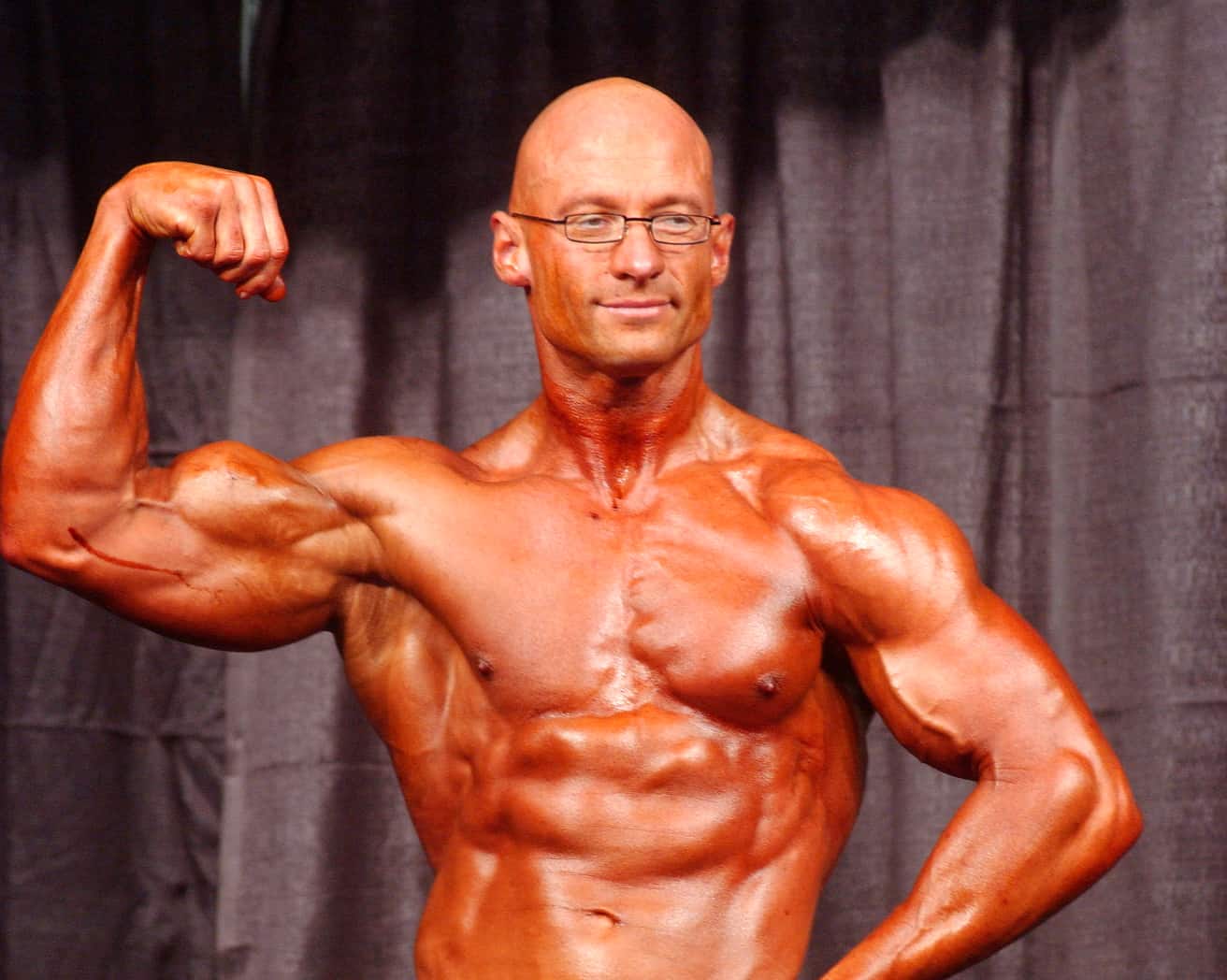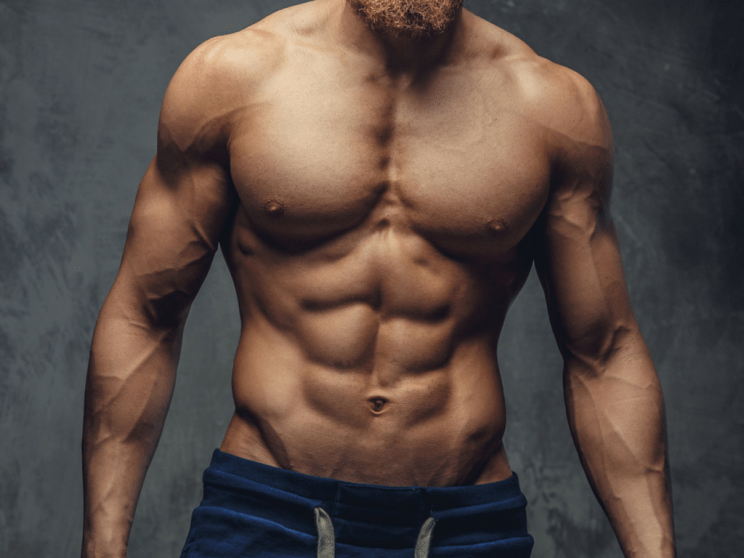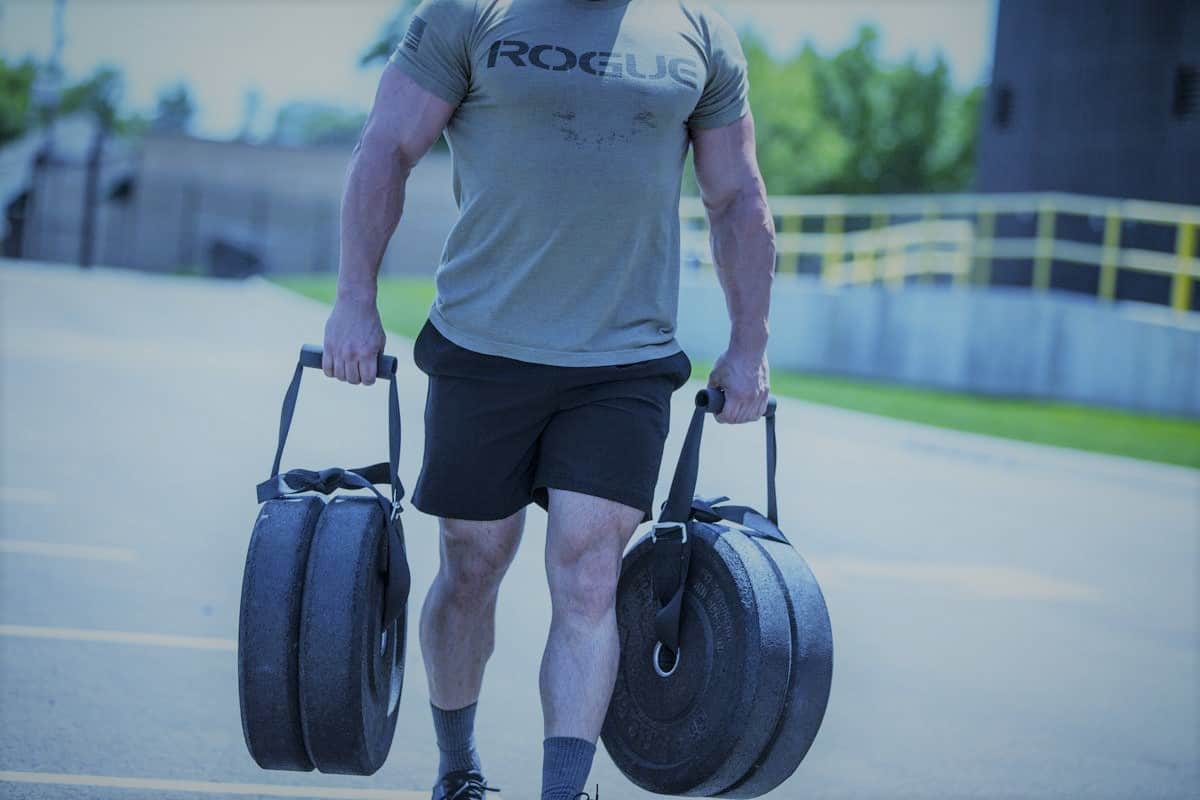Let’s get the rivalry out of the way. Yes, bodybuilders are big while powerlifters are strong. But have you noticed that many bodybuilders are strong, and many powerlifters are big? While the two like to make fun of each other (and it’s usually all good-natured), most experienced powerlifters and bodybuilders understand that bodybuilding and powerlifting differences aren’t very major, save for a few obvious ones (i.e. the rules of the competition).
Bodybuilders need a solid foundation of strength to gain size, while powerlifters need a solid foundation of muscle to move heavy weight. The greats in either sport understood that to get good at one, you had to learn more about the other.
To that point, I’d like to talk about how bodybuilding and powerlifting differ, and why you as a beginner or intermediate lifter also need to get familiar with how they’re similar (and why bodybuilding will help you get stronger).
The Rules of the Competition
Bodybuilding is a sport about presenting the most admirable physique within the rules of the category. Physique bodybuilders focus on upper body development and the “v-taper”, emphasizing a smaller waist. Open bodybuilding, on the other hand, is usually a no-holds-barred competition between the biggest and most developed bodybuilders in an area. Other categories, such as Classic, harken to days of old when training methodologies and equipment was very different.
In bodybuilding, it doesn’t matter how much you lift. You’re on that stage to show how big and symmetrical you are. Symmetry and the subjective qualities of a bodybuilder’s physicality are key, which is why many competitions are quite contentious.
Unlike bodybuilding, in powerlifting, the goal is much more clear-cut: lift the most weight within the parameters of the competition. Weight classes and equipment rules set different lifters apart. Powerlifting is a strength sport, but the goal of the competition isn’t actually absolute strength – it’s about moving the bar through the required range of motion with the most weight possible, so some lifters specialize and come up with… interesting ways of lifting. As such, finding the most technically effective way to move weight with your given leverages is paramount.
The Rules in the Weight Room
On the surface, these two sports look pretty similar in the training room. Powerlifters are generally fluffier than bodybuilders, but both will utilize machines, dumbbells, and barbells, lifting heavy weight and looking much bigger than the average gymgoer. On stage, however, the differences are very apparent. Bodybuilders pose and show off their overall “conditioning” as well as their muscle size. Powerlifters can look however they want to; they’re there to lift as much as they can.
Digging a little deeper, it becomes obvious that there are many training differences as well. Bodybuilders never need to train past the 80-85% mark of their potential 1RM (one-rep max). Some do, for fun, or because they compete in both sports, but bodybuilding only requires equal and consistent muscle growth, not strength.
Powerlifters frequently lift within the 85-100% range of their training max, or up to about 95% of their 1RM. Their training programs involve a lot of “accessory work” (exercises that aid the competition lifts by training a weakness, increasing muscle size, or adding training volume onto a specific muscle group), but the main focus of each session is going to be a powerlifting movement.
Beginners in both sports train very similarly, building a foundation of strength and packing on mass. Beginner bodybuilders and beginner powerlifters will be taught to train in the big three (the squat, the bench press, and the deadlift), and will learn to utilize a variety of other lifts to pack on size (from isolation exercises, to accessory lifts like rows and overhead presses).
Different Training Methodologies
However, it’s here that the differences become a little more obvious as well. Powerlifters train to be as efficient and strong as possible throughout a lift, and particularly through its sticking point (where the bar slows down considerably, and most heavy attempts fail). Bodybuilders train to elicit the greatest training effect from a lift, by utilizing tempo and inefficient technique to increase tension and cause greater muscle adaptations, basically forcing the muscle to grow by relying on it to move the weight, rather than more efficient movement.
Sometimes, however, bodybuilders will make use of powerlifting techniques to add more weight onto the bar, because more weight = greater stimulus. Meanwhile, powerlifters will use certain bodybuilding tricks to strengthen a muscle and increase its muscle size despite technical inefficiency (i.e. close grip bench press, stiff-legged deadlift).
Unlike bodybuilding, powerlifting programs are built towards peaking for a meet (getting closer to 100% efficiency) and building size in muscles relevant to the sport (with a greater overall focus on the big three).
Bodybuilders train in a far less rigid manner, often picking exercises on a whim, instead of training specific body parts on a given day (as their goal isn’t efficiency in a specific movement, but overall size). Because of the benefits of adapting to a new movement, bodybuilders also like switching exercises more often than powerlifters might (because specificity isn’t as important), making most bodybuilding programs much more varied in terms of exercise selection.
These training methodologies change the way muscles are developed in the two sports. A greater focus on muscular endurance, higher rep ranges, and increased time under tension results in greater sarcoplasmic growth (the non-contractile portion of the muscle fiber that holds water and glycogen at a 3:1 ratio) and, theoretically at least, greater type I muscle fiber (the endurance kind). It’s important to note that powerlifting does not prioritize nor select for type I or type II muscle fiber growth, and it seems powerlifters use both (theoretically this is because powerlifting is not actually a “power” sport, but a force output sport).
Bodybuilding exercise selection also trains each individual large muscle group throughout a variety of ROMs, with a greater focus on isolating muscles and training them from different angles. This, in theory, produces larger and more symmetrical muscles. Powerlifters train their muscles through the range of motion that they must lift.
Powerlifting Is More Tiring
This one is a little harder to explain, but it has to do with fatigue and work capacity. Bodybuilding exercises demand less of your joints and CNS in general, meaning you can add more overall training volume when focusing on hypertrophy.
On the other hand, if you must frontload your training with heavy lifting, your capacity to train and isolate your muscles afterwards will be compromised. This is fine – hypertrophy is not the ultimate goal for a powerlifter anyway – but it might also help explain why bodybuilders are much bigger than powerlifters, especially when you take into consideration that the elite in both sports use many of the same substances.
Why “Powerbuilding” is Important for Long-Term Progress
Bodybuilding and powerlifting are two different sports with different goals. But bodybuilders often rely on getting stronger to pick weights that help them pack on more muscle. At the same time, powerlifters who have been training for years are close to perfectly efficient in the big three and can only rely on one factor to improve their overall strength: muscle size.
Bodybuilders should learn how to develop a good strength base to lift seriously heavy weights for multiple reps, while powerlifters need to learn how to periodize their training to focus on building bigger muscles in the off-season, before teaching those muscles to move maximal weight as a meet approaches.
What About Specificity?
This is where the balancing act between bodybuilding and powerlifting becomes apparent. When training mostly for hypertrophy in the off-season, you won’t be able to move as much weight as you did during your last peak. And once you focus on peaking, you may lose a little bit of that hypertrophy as you’re no longer applying the same techniques, i.e. cutting down on chasing the pump and training to failure, and instead reserving resources for heavier lifting.
But again, this is okay. That’s why proper powerlifting programs need to be built around a schedule of meets/competitions, especially once you start dedicating yourself more seriously towards competing. This way, you can still be strong in your off-season (you’re not going to stop doing the big three) while focusing on building size, and then you can work on putting that new muscle to work (and cry yourself to sleep at night knowing it’ll be a few months until your next good pump).
Want to lift heavier and avoid injuries? 💪🔥
Download our FREE '5-Minute Warm-Up Routine for Maximum Lifting Performance' and get primed for every workout!
Click below to grab your copy now!👇
👉 Download the Free Guide



